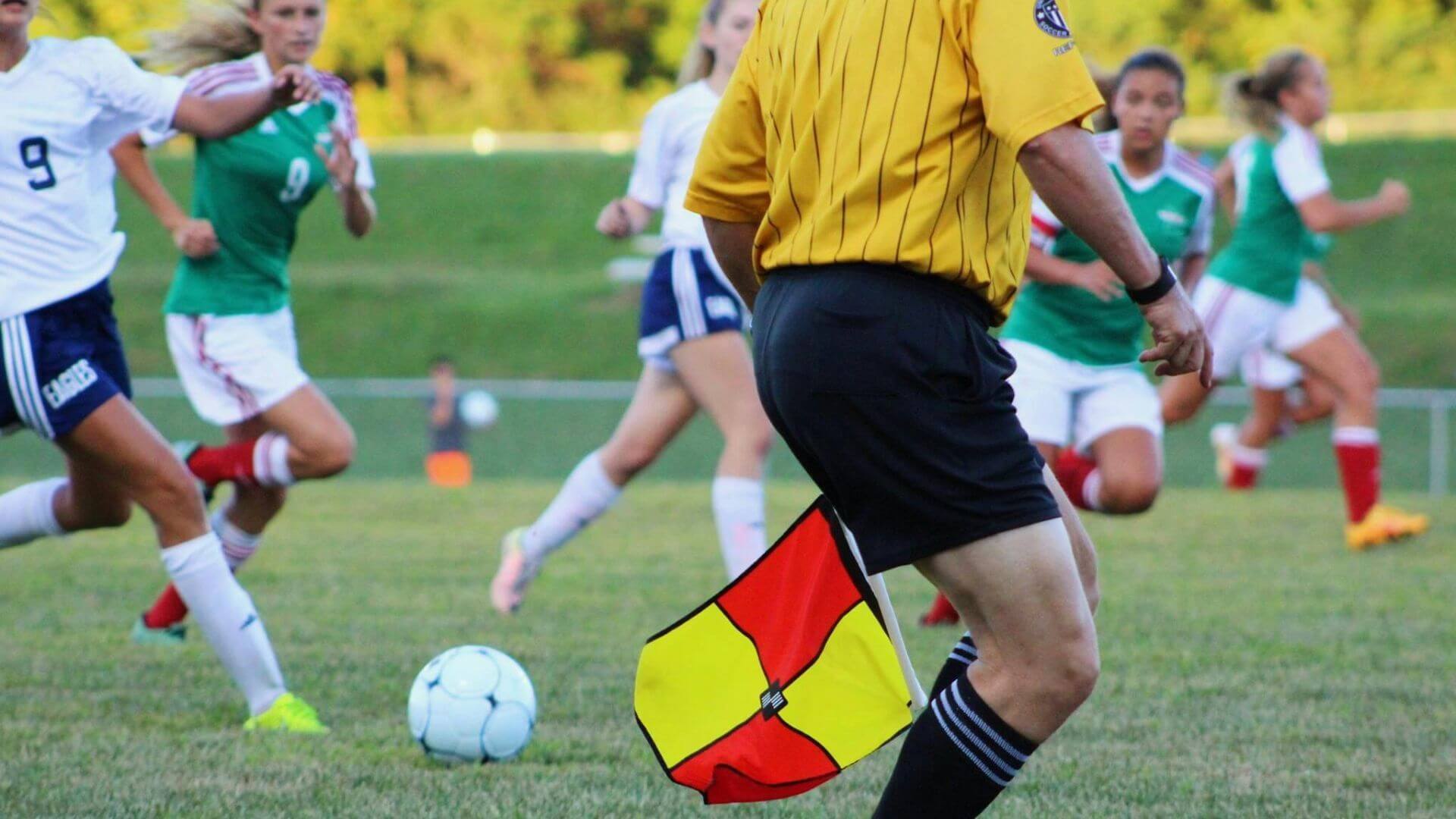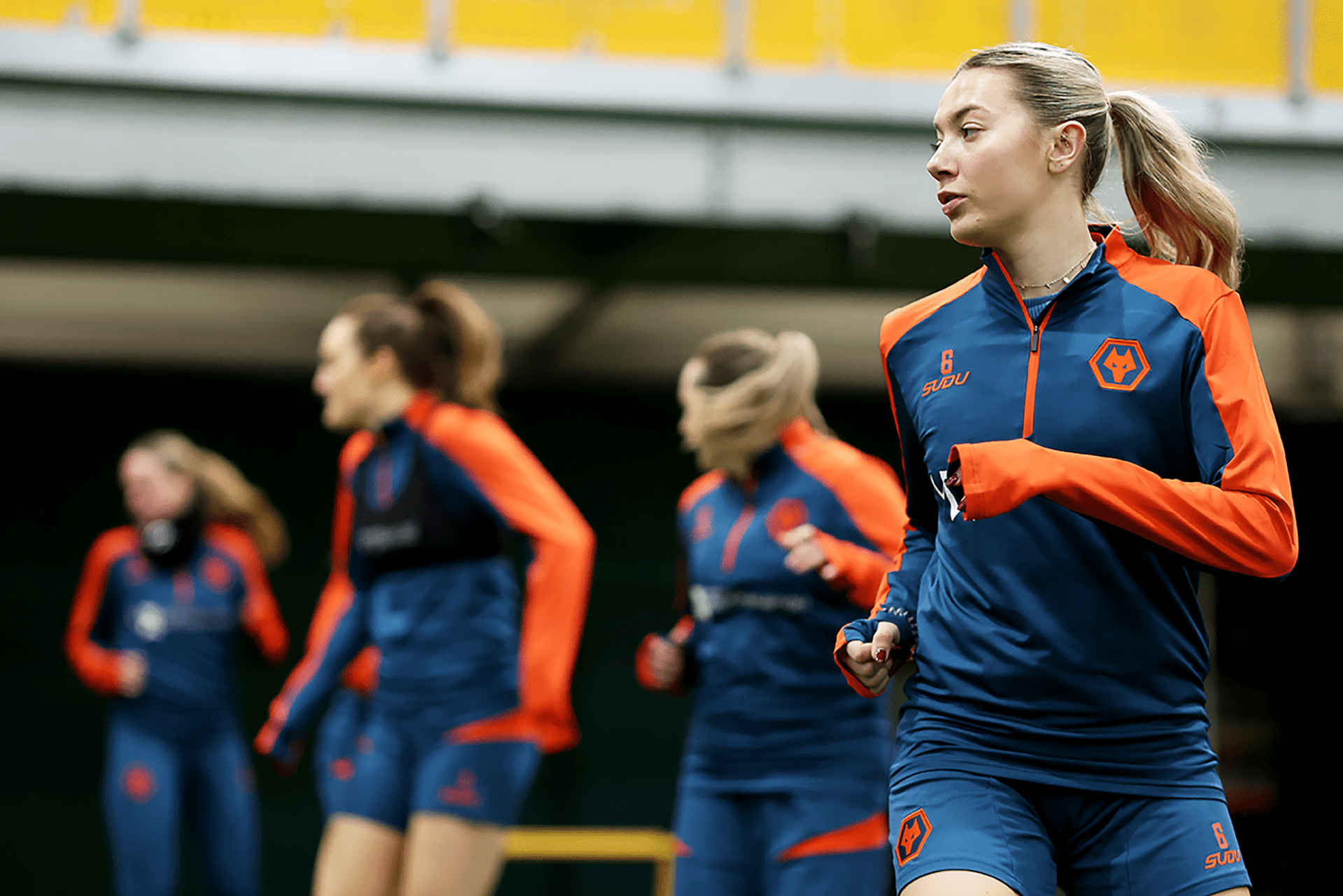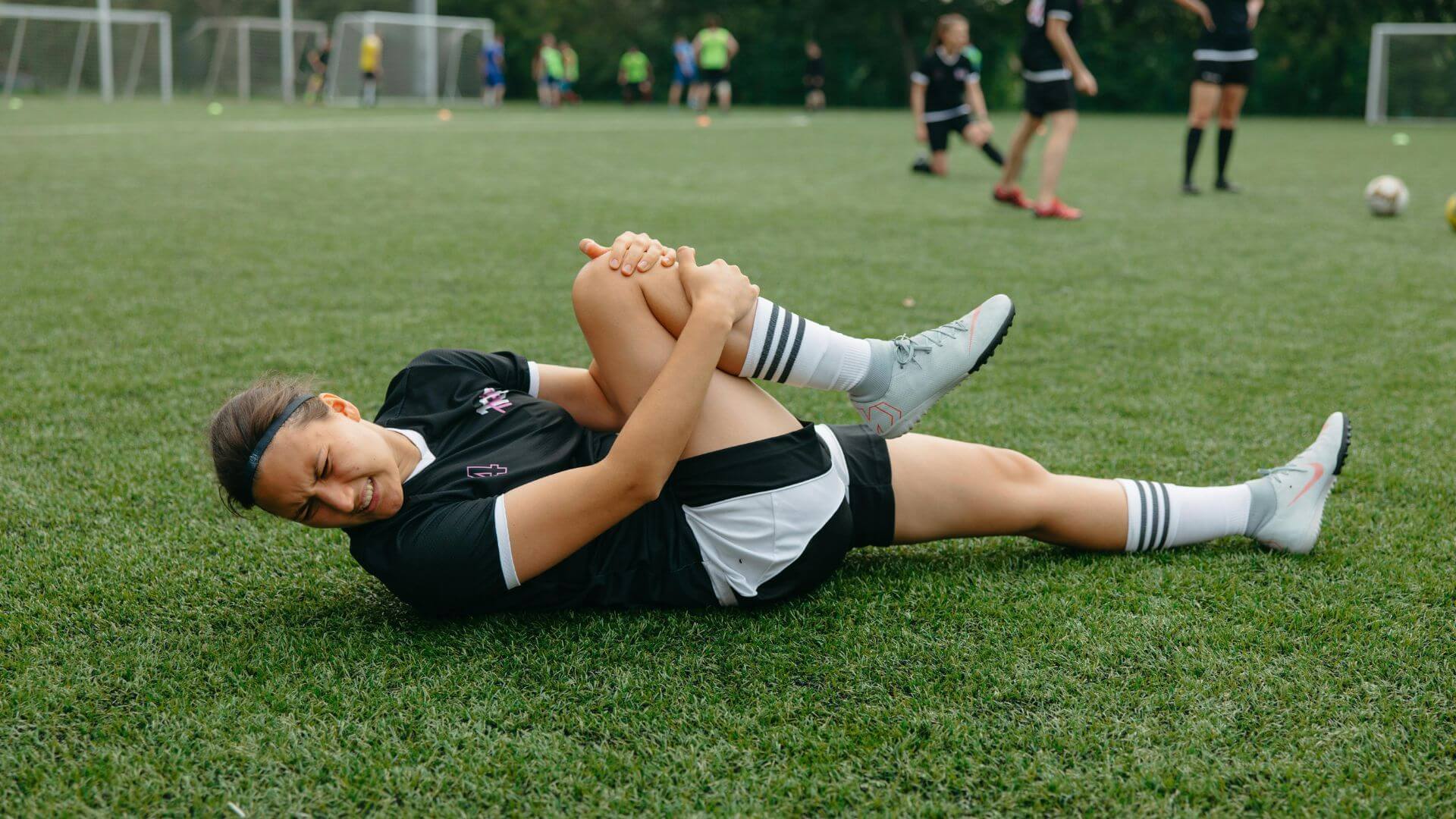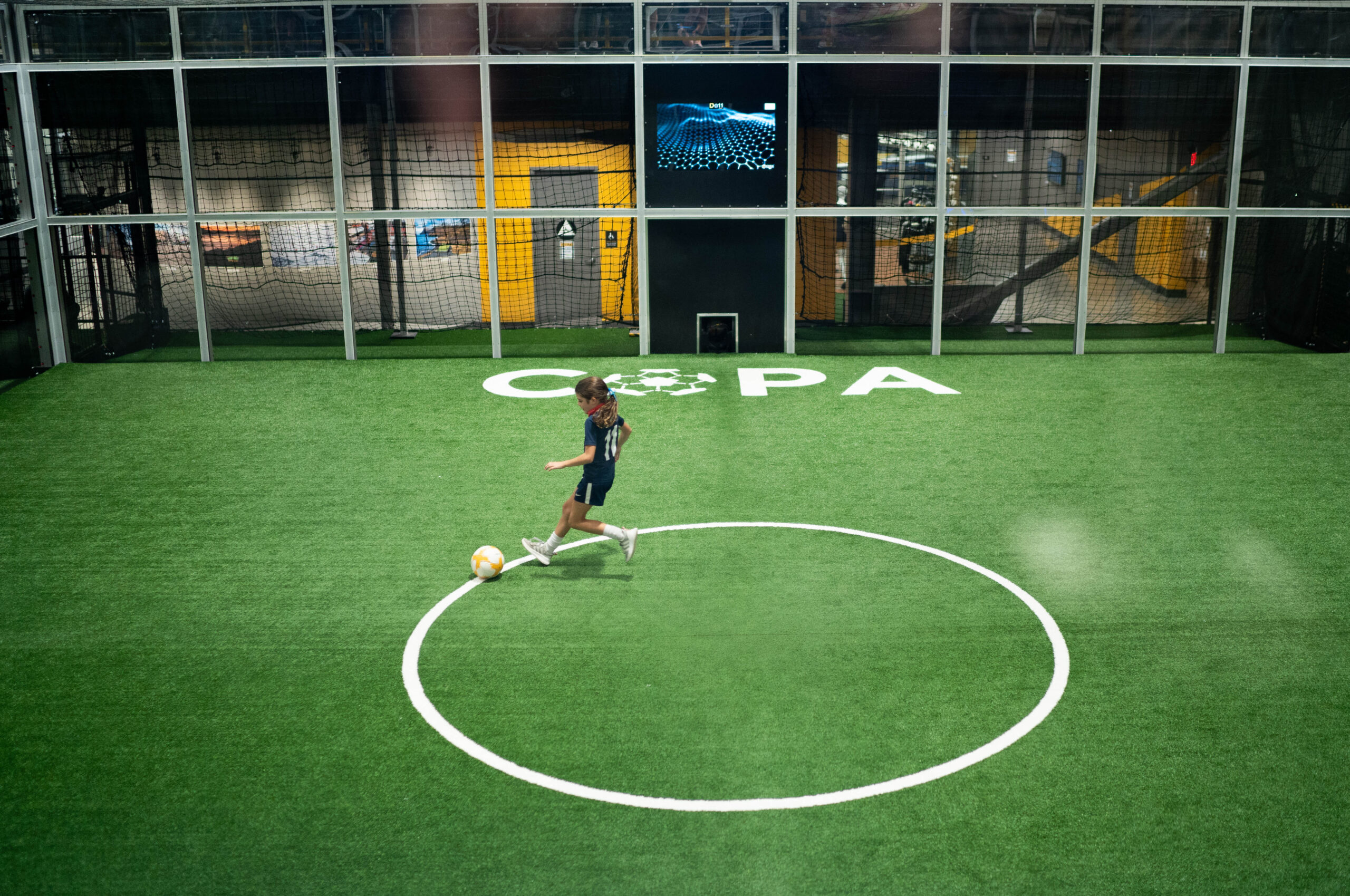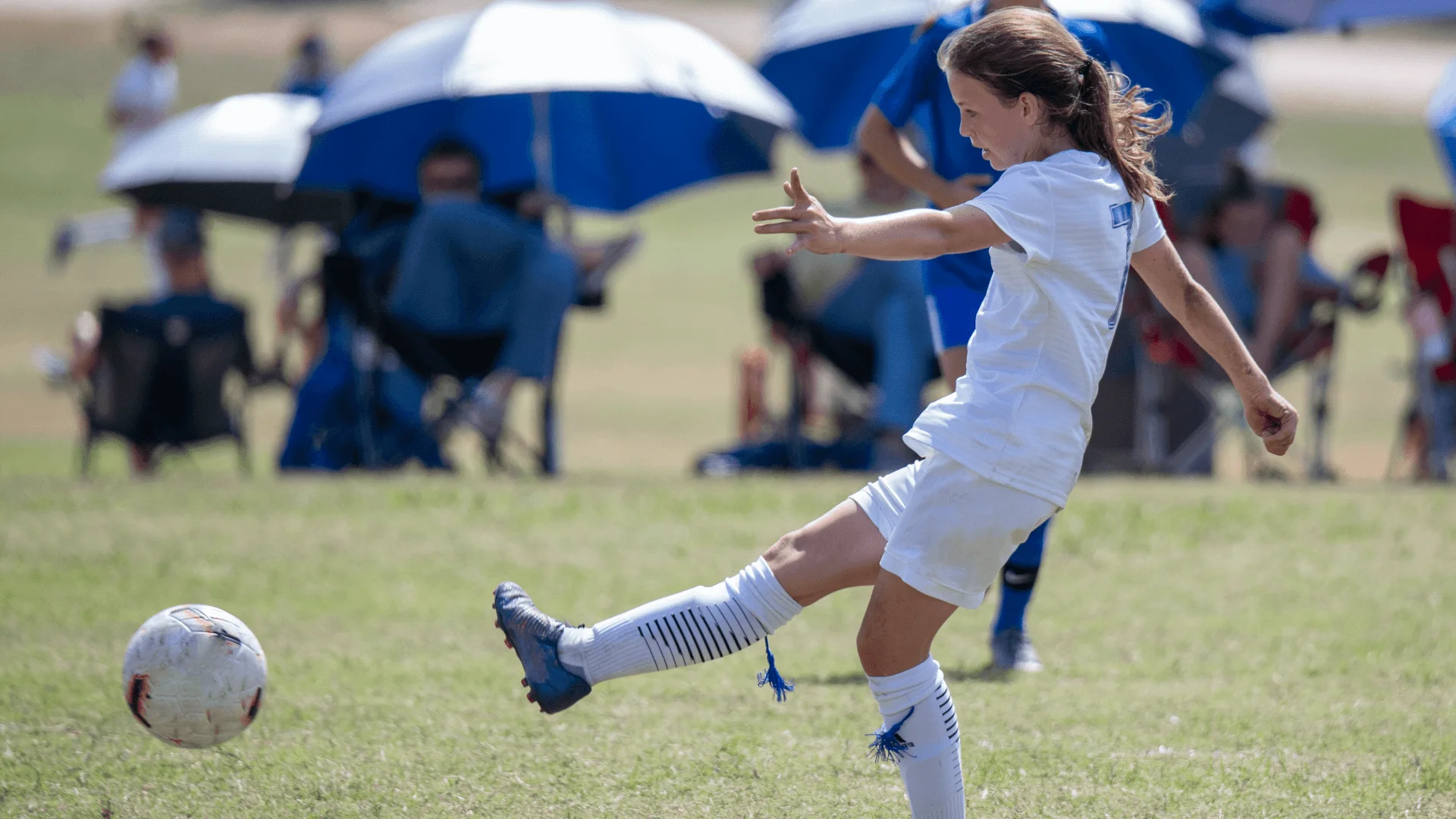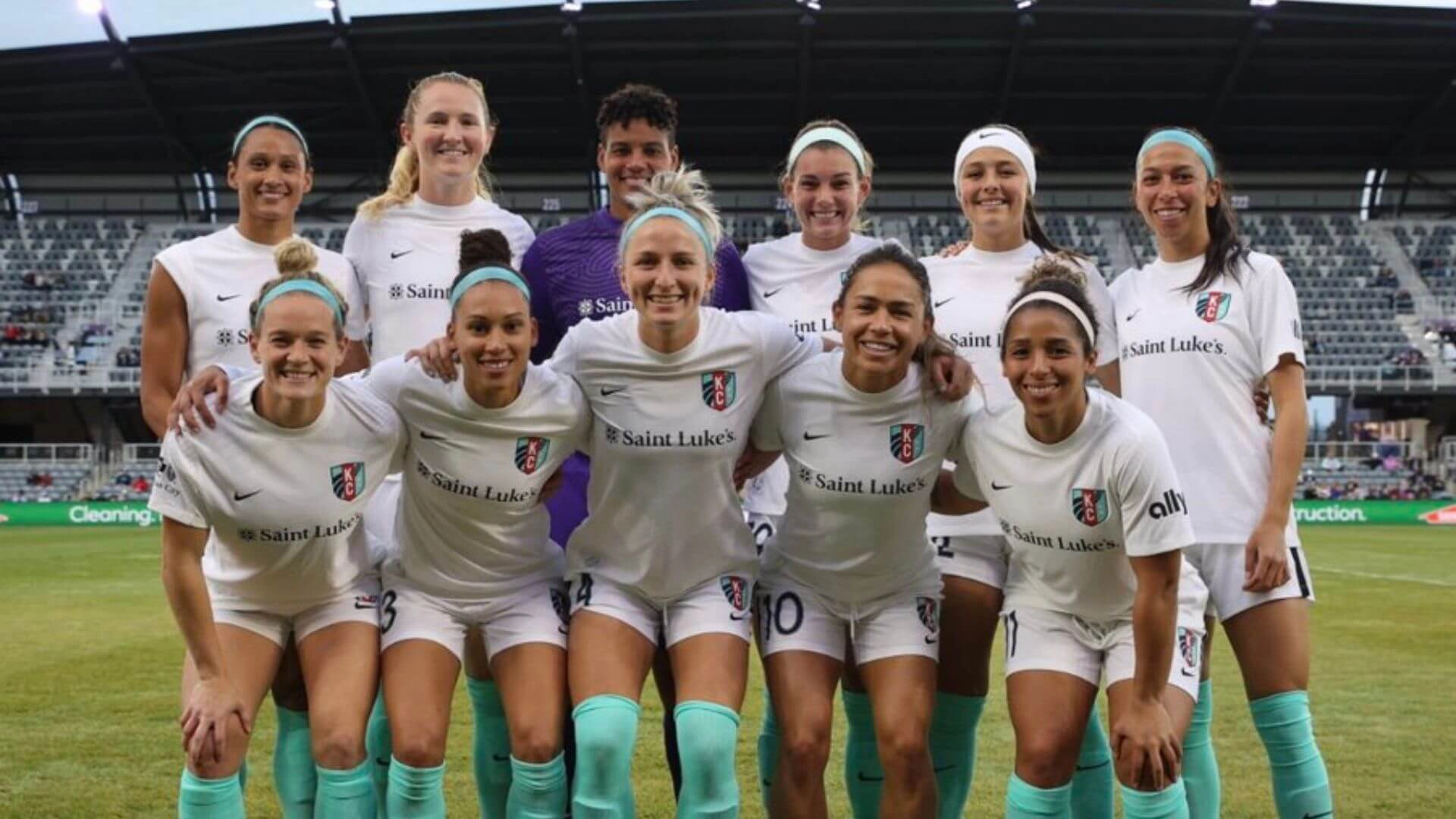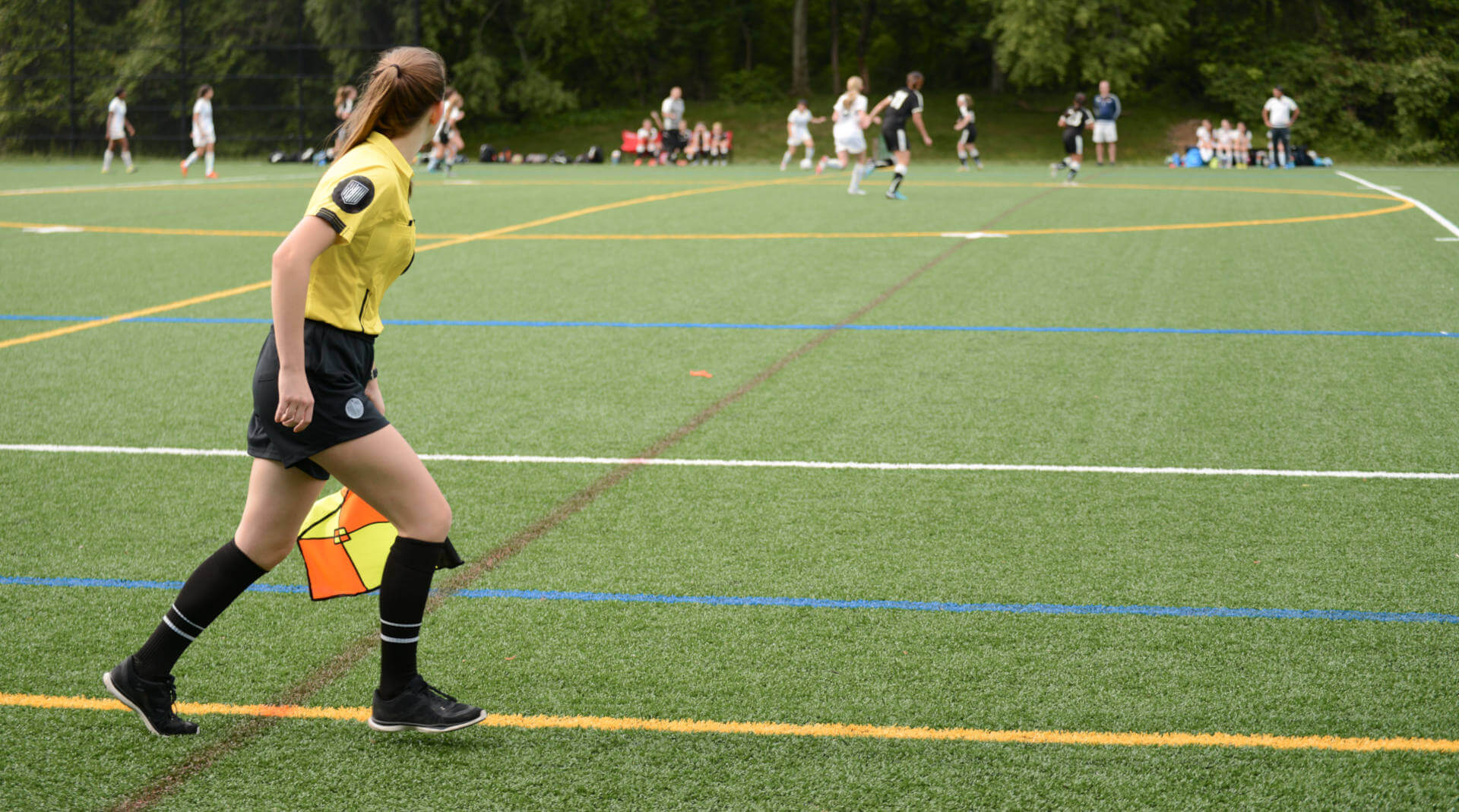Why Turf is Still An Issue In Women’s Soccer
Thanks to their December 2020 contract negotiations, the US Women’s National team is no longer required to play on turf. However, just because the USWNT won this particular battle, it doesn’t mean turf in women’s soccer isn’t still an issue. It absolutely is.
This fight over turf in women’s soccer is symbolic of the larger disagreements between the USWNT on one side, and US Soccer and FIFA on the other. The team rightfully takes issue with how the federation treats the women’s team as less than the men’s team.
Studies gave the women’s team traction for their argument. University Hospitals in Cleveland released a study about grass and turf in 2019. It found that high school athletes had nearly twice as many injuries on turf as on grass. Additionally, it found that girls’ soccer was one sport leading the injury pack.
Not only can turf cause serious injuries, but it also leads to “turf burns.” During the 2020 NWSL Challenge Cup, Midge Purce of Sky Blue FC showed just how bad the effects of turf could be. Due to ever-present injury fears, players must be less aggressive on turf, thereby hurting the game. Socceristas know that turf just plays differently than grass.
Turf pic.twitter.com/Etfln0VE9W
— Margaret "Midge" Purce (@100Purcent) July 20, 2020
For the record, neither US Soccer nor FIFA is pro-turf. They just have to juggle many factors in selecting a stadium, and turf falls lower than stadium availability and market placement. Even Joe Biden has gone on the record as anti-turf and pro-equal pay.
Every game in the 2019 Women’s World Cup was on grass and FIFA has banned artificial turf from the 2023 Women’s World Cup. Having enough grass or hybrid surfaces is part of the bidding process for the Cup. FIFA declared, “the pitch shall feature a natural grass playing surface.”
The USWNT is now free from turf but they have a bargaining power that few women’s teams can match. Worldwide and in the NWSL, turf in women’s soccer is still very much an issue.
Featured Image via Adobe Stock @twobee





